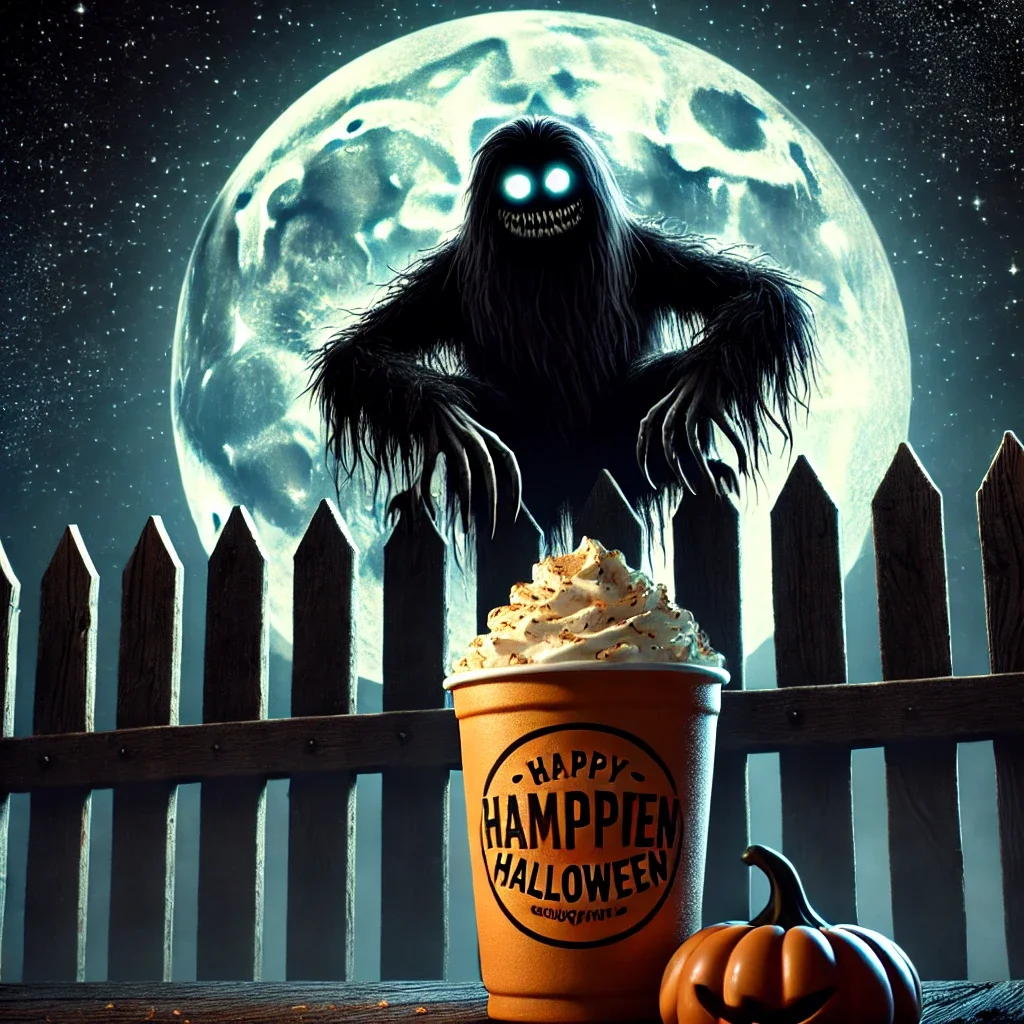Autumn and Sports, Minnesota Edition
Vertical Circle is a Minnesota company, and for better or worse, we like Minnesota sports, from the Lynx to the Vikings to the Loons.
October is a conflicted month, because we are already deep into football season. But hockey and basketball are lumbering into gear.
Sports conversations are fun because:
They’re not politics
We’re all experts, as we know we should be!
Take the Minnesota Wild. 2014-5 was the last time they got out of the first round, and yet we are the State of Hockey! What’s going on here?
We’re exiting salary cap he double hockey sticks, and resigning the right people. But I was wondering: every year it “feels like” we start for the most part strong, and then in late December/January feels like we collapse a bit. So we ran through a bit of data to verify. (The following percentages do not exactly match PTS figures but are close.)
Take the Minnesota Wild. 2014-5 was the last time they got out of the first round, and yet we are the State of Hockey! What’s going on here?
We’re exiting salary cap he double hockey sticks, and resigning the right people. But I was wondering: every year it “feels like” we start for the most part strong, and then in late December/January feels like we collapse a bit. So we ran through a bit of data to verify. (The following percentages do not exactly match PTS figures but are close.)
Can a high-level, very simplistic look at monthly season progress point out any insights?
The answer: not much we already don’t know. But we want to demonstrate a point: namely, that we often go into data analysis with preconceived notions, and then expect the data to back up our pre-made conclusions. In this case, I was mostly wrong: YES, the team has had a couple of weak Januaries compared to the start, but not at all to the degree of my “feels like” view.
There is an interesting take-away however, when we see the visualization: there may be a trend of the Wild “reverting to mean” toward season end, which would support more esoteric analyses of lack of depth (due partly to salary cap ceiling, partly to injuries, or development) and perhaps coaching weaknesses? So obviously it might be helpful to “drill down” into details of games, injuries, player development and promotions, connected to game phases (3rd period scoring for example) and see if data can support better org decisions.
Which is the point to make: the Wild management have mountains of data analytics, and we trust they’re using it to SUPPORT the human/coaching/player realities the staff sees every day.
But of course, we fans know just as much as they do!
Whether a sports franchise, or a business, the process remains the same. (It’s just that some days, sports are more fun…)
Verify what we “think” with clear time-oriented trend data.
If necessary use the data facts to adjust approach and improve our “Decide and Act” process.
And of course, over-reliance on analytics is never the winner: use smart data to support a strong people-driven organization.
Note: looking forward, Halloween is nearly here. Next week we might get super controversial and tackle…
Pumpkin Spice!
As the Wild chase pucks and pumpkins fill porches, we’ll keep finding ways to turn every season — from faceoffs to fall nights — into stories that make data come alive.



